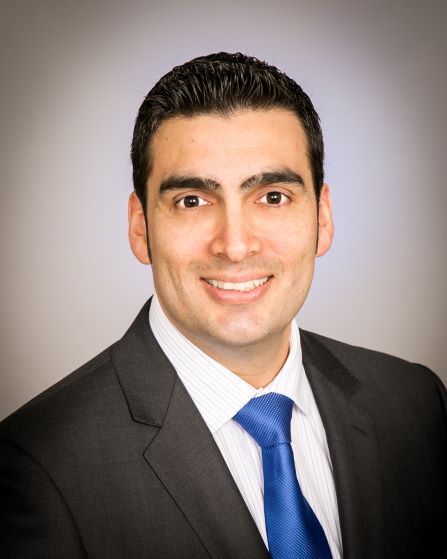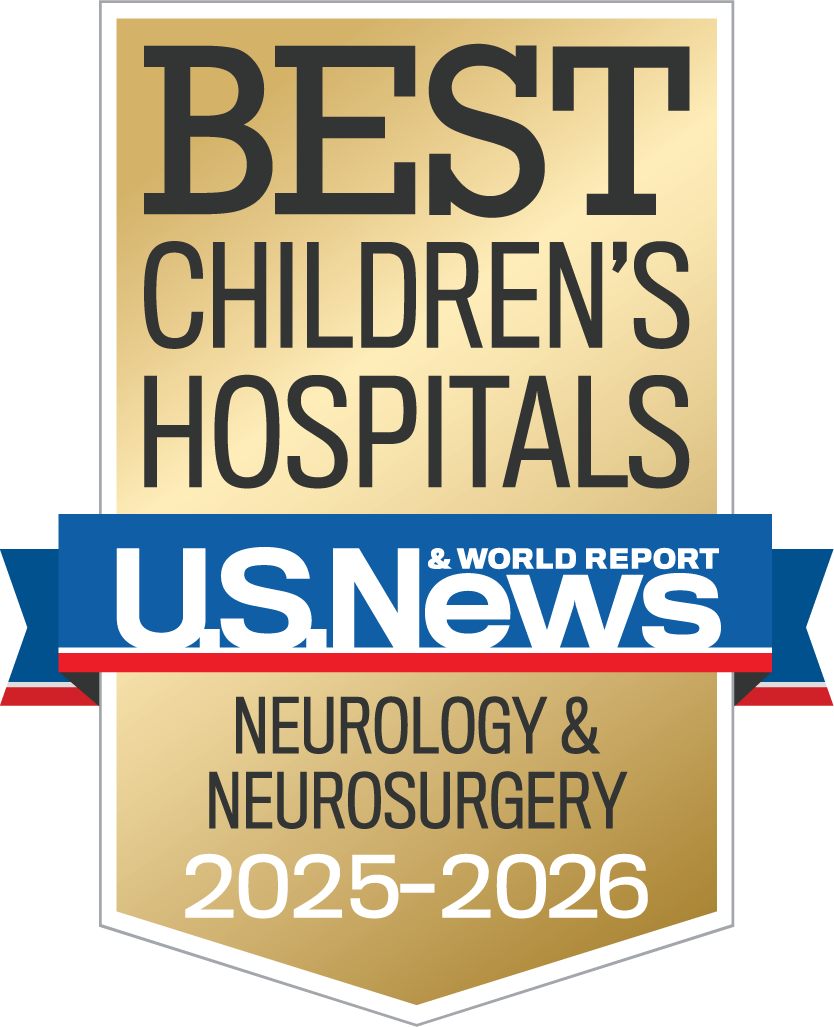Laser interstitial thermal therapy (LITT), or laser ablation, is among the latest advancements in minimally invasive neurosurgery, allowing surgeons to reach difficult areas of the brain — and offering less risk to patients at the same time.
“Instead of performing a craniotomy, which entails making a large incision and opening up the skull, we place a probe through a small hole in the skull a few millimeters in diameter,” says Dr. Joffre Olaya, pediatric neurosurgeon at CHOC. “Then, under MRI visualization, we deliver heat to the specific area, which destroys the abnormal tissue. Laser ablation is especially useful in patients with small seizure foci or tumors, particularly if they are deep.”

The benefits this minimally invasive approach provides to patients are especially welcoming. “For a craniotomy, patients will be in the hospital for three to five days, in the ICU most likely for a day or two, and they’ll experience discomfort from the skin and muscles on the head,” Dr. Olaya says. “With laser ablation, patients typically go home within a day or two and recover pretty quickly. They also experience less blood loss, pain and side effects overall. Also, laser ablation doesn’t prevent patients from having another procedure. If the tumor is still growing or the seizures are still continuing after ablation, I can go back and perform another laser ablation or a craniotomy.”
To increase surgical precision and accuracy when ablating brain tumors, deep lesions and tissue in the brain where seizures occur, Dr. Olaya employs a ROSA™ (robotic stereotactic assistance) robot.
“We obtain preoperative imaging studies and load those into the ROSA system, which allows us to plan the entry point and trajectory so we can precisely place the laser. This precision helps us to not only locate and effectively ablate our target, but avoid hitting blood vessels or causing unintended damage to surrounding tissues,” Dr. Olaya says. “We were the first pediatric center on the West Coast to have this technology. We use ROSA for multiple conditions, including patients with epilepsy and oncology patients with tumors.”
ROSA’s precision also helps minimize some risks commonly associated with surgery. “ROSA is an amazing tool that yields many benefits for our patients, including less time under anesthesia in the operating room,” Dr. Olaya says. “It also reduces blood loss and risk of infections.”
Although CHOC is at the forefront utilizing the latest technologies to best treat its patients in a minimally invasive manner when possible, Dr. Olaya says CHOC’s team approach to patient care is what sets it apart from other centers in the region.
“I’m really excited that CHOC is investing in this newer technology and it’s available here to provide to our patients, but our team mentality and how well we work together is crucial. Our epileptologists, radiologists, neuropsychologists, all of us really work well together as a team to identify the best candidates for this technology and to provide the best outcomes for our patients.”

CHOC Hospital was named one of the nation’s best children’s hospitals by U.S. News & World Report in its 2025-26 Best Children’s Hospitals rankings and ranked in the neurology/neurosurgery specialty.




